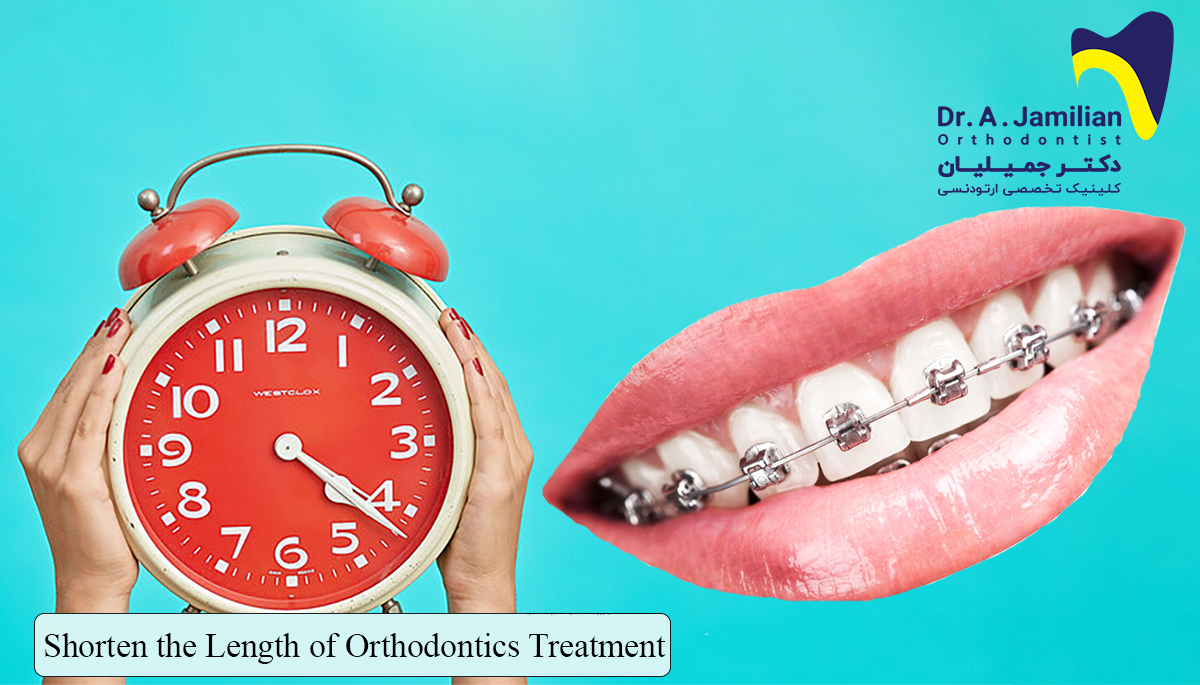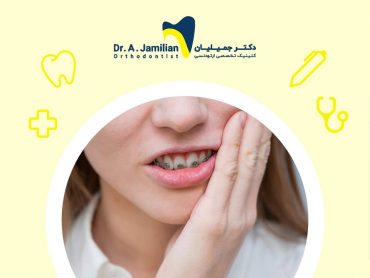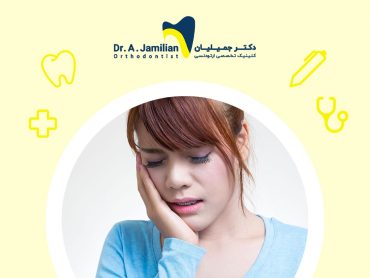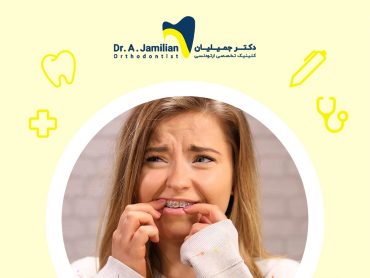The orthodontic treatment takes 1.5 years on average. The orthodontic treatment can be shortened by employing new methods recently introduced in orthodontic textbooks, albeit they are not very practical. Specific materials injected to animals have reduced the time of tooth movement. Magnetic fields have also been employed to affect the treatment, although they cannot be performed on humans.
The treatment can be shortened using methods such as gums’ corticotomy. Numerous research projects are carrying out to shorten the length of orthodontic treatment to 2-3 years. Traditional methods take about 1-1.5 years, extending if the jaws should be displaced.

Factors affecting the orthodontic treatment time
For quick orthodontics Pay attention to the scheduled appointments during the orthodontic process and attend the office regularly at the scheduled times. These appointments are carefully set to maximize tooth movement. Postponing these sessions will increase the treatment duration.
Aiming to shorten the length of orthodontic treatment, the orthodontist may ask you to use additional orthodontic appliances at home, including mouth expanders or other maintainers.
Beware of broken brackets because they may hinder the teeth’ movement. Avoid hard foods and bad habits to prevent damage to the brackets.
Take care of your oral health since gum disease, gingivitis, and tooth decay can prolong orthodontic treatment. Clean the teeth through regular flossing and using products recommended by the orthodontist to remove plaques and food debris and prevent any infections in the mouth.
Effect of abnormalities during orthodontic treatment
The orthodontic treatment may be prolonged in some patients depending on the severity of the abnormality. For example, patients with forwarding mandible or recessed maxilla may need much more extended treatment. It is better to treat these abnormalities before puberty because the jaw continues its growth as the patient gets older.
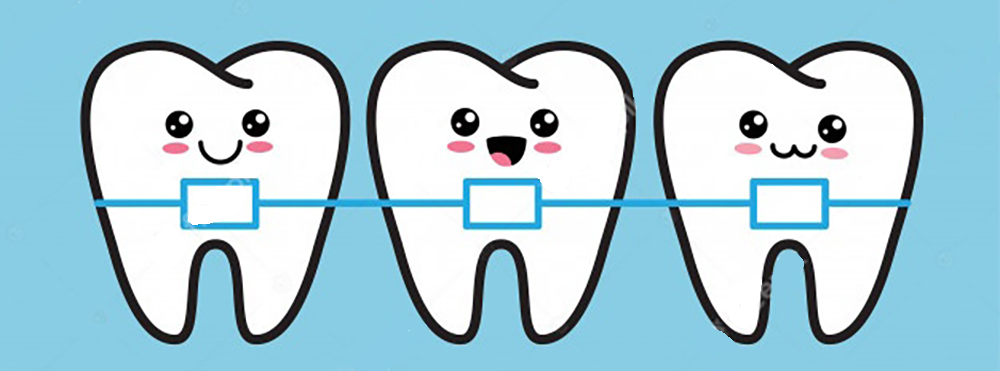
Some abnormalities need to be controlled. For example, suppose the mandible is protruded, and the maxilla is recessed. In that case, this misalignment should be retained to prevent its regression because the jaws tend to return to their original position. The orthodontist decides in this regard considering the patient’s conditions.
After fulfilling, patients will be informed of the treatment completion and irreversibility of the problem. Active treatment during fixed orthodontics is 1.5 years; however, other abnormalities should also be considered. Some abnormalities may prolong the orthodontic treatment. For instance, the treatment length varies in patients with cleft lip and palate, protruded mandible, right or left jaw movement, or asymmetrical jaws.
